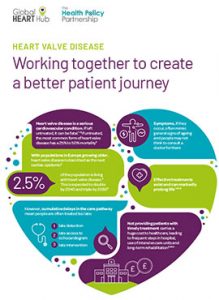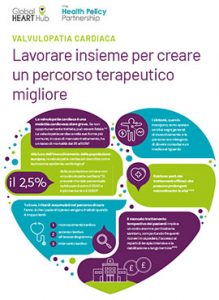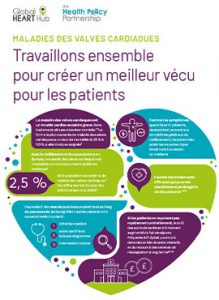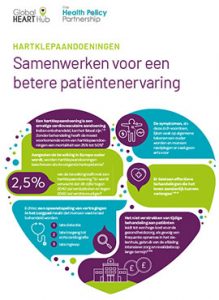Heart Valve Disease: Working Together to Create a Better Patient Journey
Heart valve disease is a serious cardiovascular condition which can be fatal if left untreated, but it has received little attention compared to other cardiovascular disease.
That’s why the Global Heart Hub’s Heart Valve Disease Patient Council has partnered with The Health Policy Partnership, an independent health policy research organisation, to develop a report aiming to raise stakeholder awareness of heart valve disease across Europe.
Addressing gaps in heart valve care is important, and urgent. Heart valve disease affects millions of people in Europe and cases are on the rise with the ageing of the population.
Hear from multidisciplinary contributors to the report sharing their perspectives on the importance of working together to create a better patient journey.
Read our Report Summary
Heart valve disease: working together to create a better patient journey takes a European perspective on what an optimal care pathway should look like for people with heart valve disease, from awareness to follow-up care, what gaps exist, and how we can best address them.
The report was developed under the guidance of a multidisciplinary advisory group, whose members included patient representatives and different healthcare professionals engaged in heart valve disease care from around Europe.
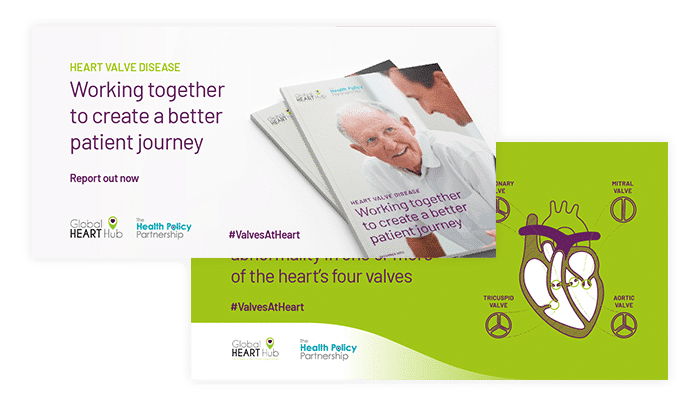
Addressing gaps in heart valve care is important, and urgent
Unlike in many other cardiovascular diseases, there are effective treatment options for heart valve disease that can alleviate disease progression, improve quality of life and reduce mortality. However, in too many cases the illness is undetected, undiagnosed, untreated, or treated too late. This results in avoidable deaths, high costs and significant compromises to people’s quality of life. Much of this burden could be alleviated by addressing the gaps that exist along the patient care pathway. Furthermore, the COVID-19 pandemic has compromised care for many patients with heart valve disease, adding to existing deficits in early diagnosis and timely care.
Addressing gaps in the patient care pathway is also urgent if we want to protect the health and productivity of this growing population of patients. Actions taken now would also reduce the future burden of heart valve disease on our society in terms of impaired quality of life, avoidable deaths and costs to healthcare.
For more information, please contact: info@globalhearthub.org
Project Leads




